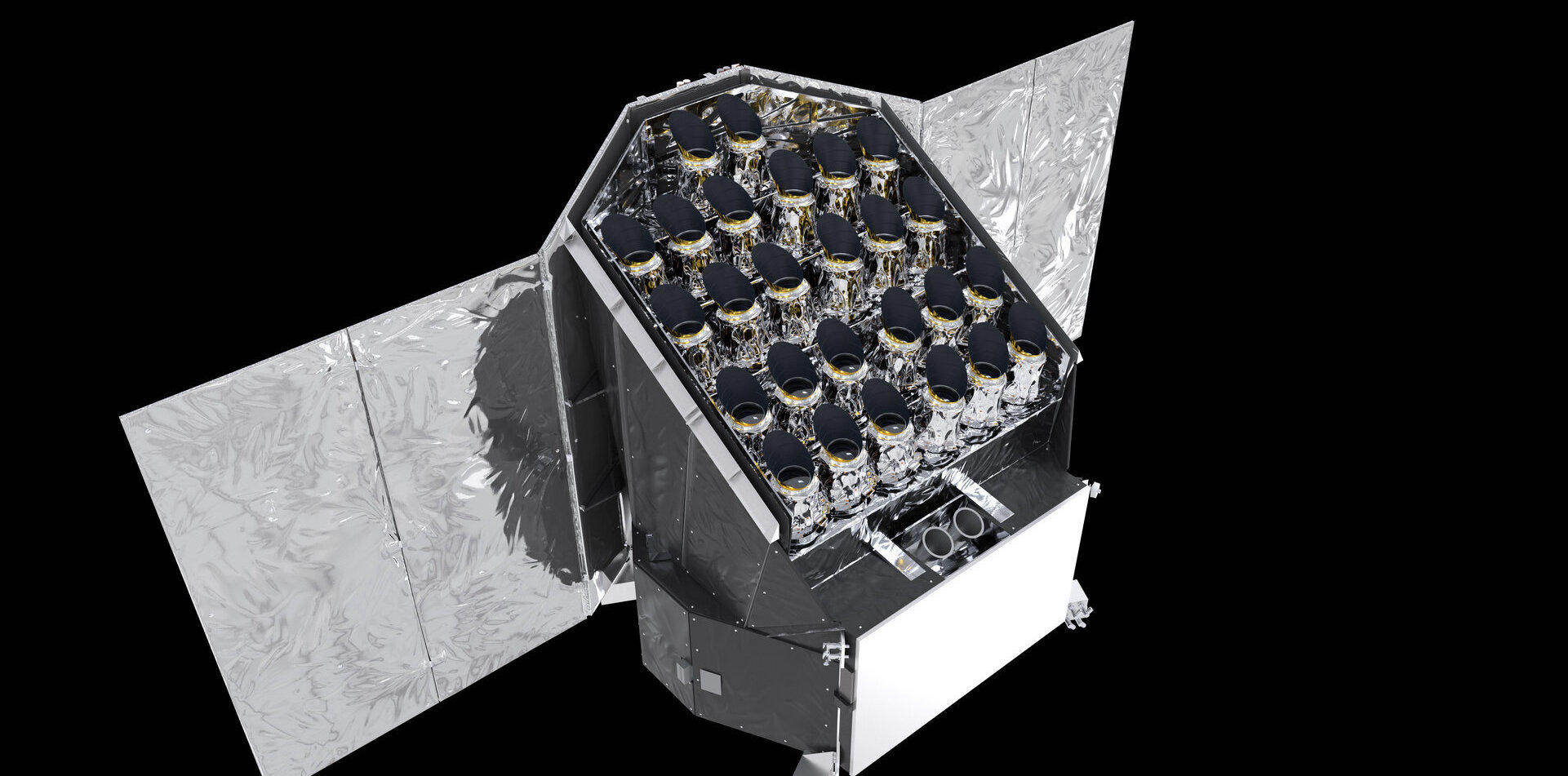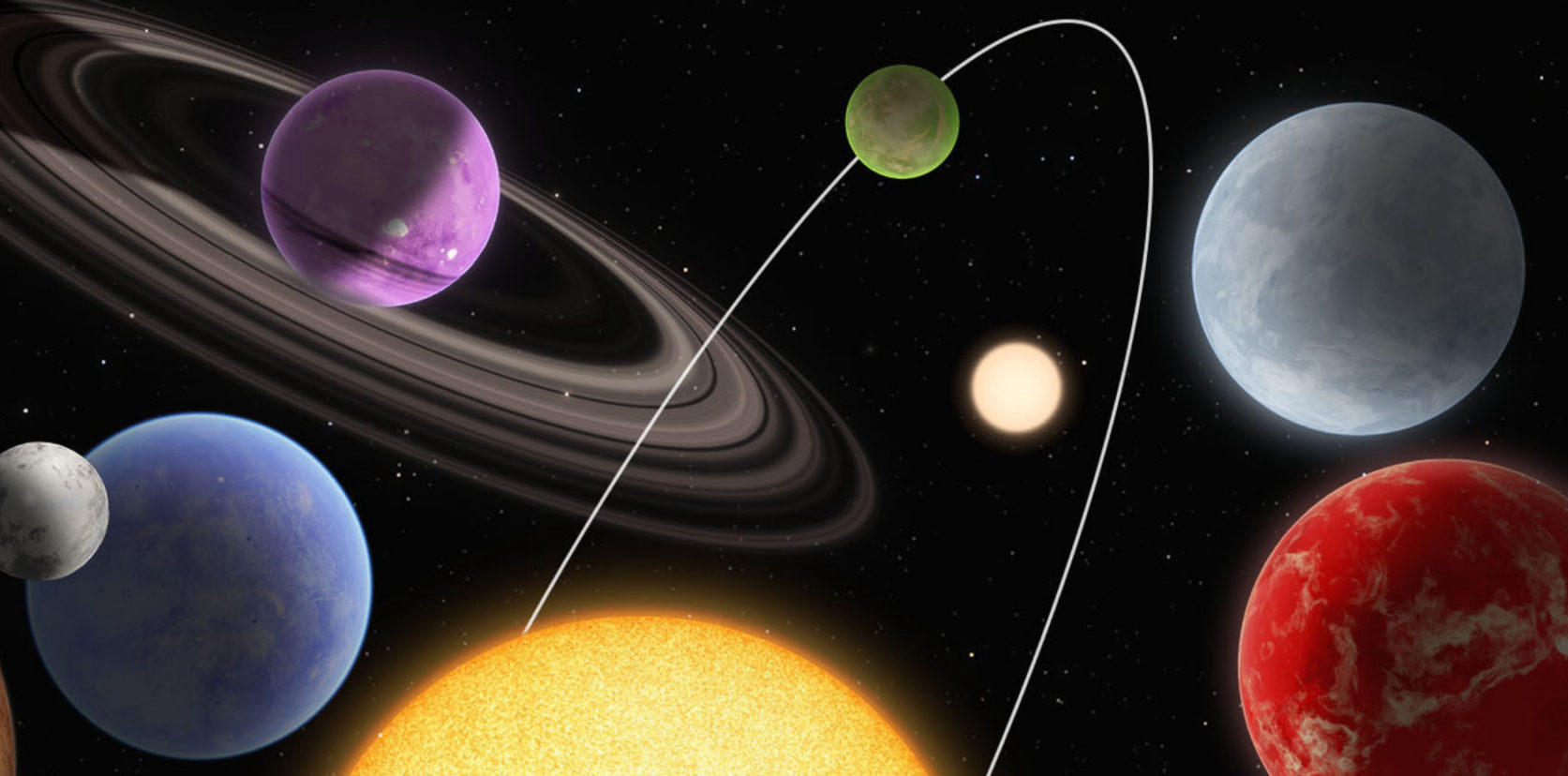Department of Earth Sciences
Service Navigation
The homepage for the Exoplanets group is currently under construction.
While we are working on it, you can read about the three main projects that we are currently involved in. To visit the project pages, you can click on the corresponding pictures next to the project introductions.
PLATO (PLAnetary Transits and Oscillations of stars)
Does a second Earth exist in the Universe? Planet hunter Plato will focus on the properties of rocky planets orbiting Sun-like stars. In particular, Plato will discover and characterise planets in orbits up to the habitable zone – the ‘goldilocks’ region around a star where the temperature is just right for liquid water to exist on a planet’s surface. Plato will characterise hundreds of rocky (including Earth twins), icy or giant planets by providing exquisite measurements of their radii (3% precision), masses (better than 10% precision) and ages (10% precision). This will revolutionise our understanding of planet formation and the evolution of planetary systems, as well as the potential habitability of these diverse worlds.
SPP 1992: Exploring the diversity of extrasolar planets
The SPP 1992 addresses the diversity and complexity of exoplanets. It links observational methods for planet detection and characterization with theory and modeling. One of the most exciting recent discoveries in astronomy is the existence of a huge variety of extrasolar planets orbiting other stars, including numerous multi-planet systems. Exoplanets can be very different to those found in our Solar System, and range from the so-called “Hot Jupiter” and “mini-Neptune” gas planets to large rocky planets (“super-”Earths). This Priority Programme aims to explore such diversity and understand its origins. The SPP 1992 wants to make substantial contributions to answering the following fundamental questions: What does the diversity of exoplanets tell us about their formation processes and the evolution of planets and planetary systems? What can we learn about the astrophysical conditions necessary to harbour life and are these conditions common in our Milky Way?
LIFE (Large Interferometer For Exoplanets)
LIFE was initiated in 2017 and officially kicked-off in 2018 with the goal to develop the science, the technology and a roadmap for an ambitious space mission that will allow humankind to detect and characterize the atmospheres of hundreds of nearby extrasolar planets including dozens that are similar to Earth. Thanks to NASA’s Kepler and TESS missions and dedicated, long-term exoplanet searches from the ground, we know that small, rocky exoplanets are ubiquitous in the Milky Way and also in the immediate Solar neighbourhood. Detecting the nearest exoplanets, scrutinizing their atmospheres and searching for habitable conditions and indications of biological activity is a cornerstone of 21st century astrophysics.


